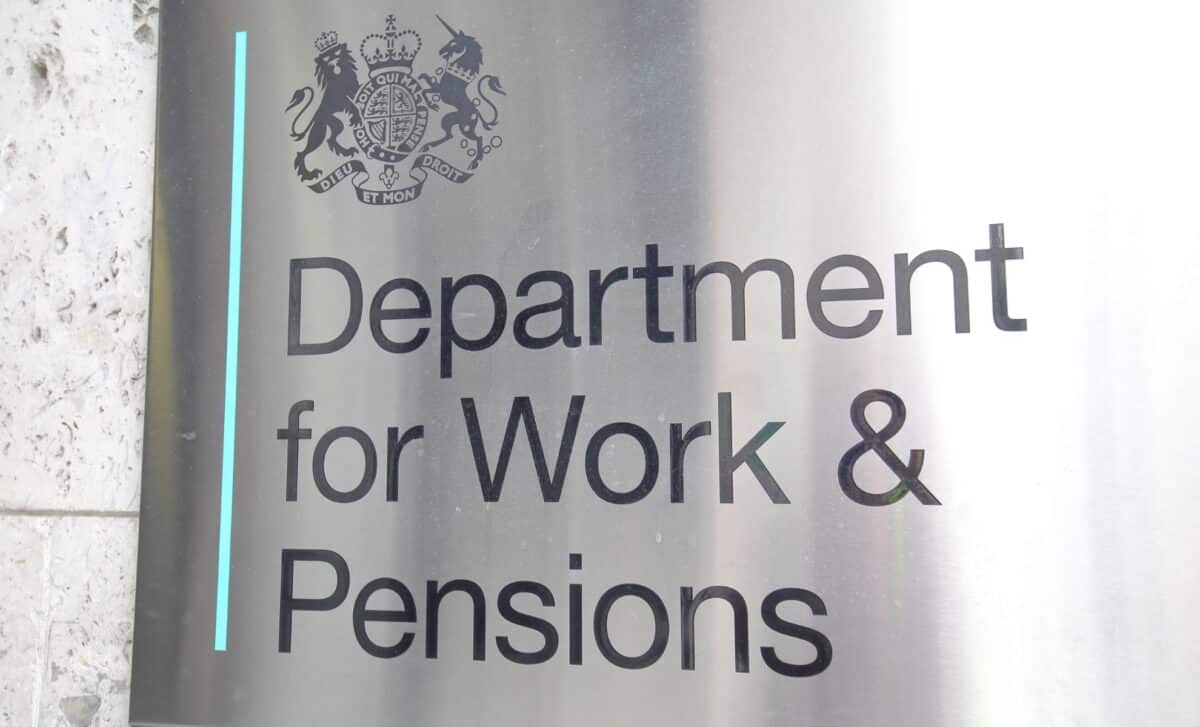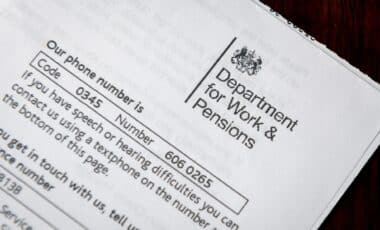In Scotland, the Personal Independence Payment (PIP), a crucial support for those with long-term health conditions and disabilities, is being replaced by the Adult Disability Payment (ADP). While both benefits are designed to help individuals with extra living costs, the move from PIP to ADP marks a significant shift in how disability support is administered.
The Scottish Government’s decision to replace PIP with ADP is part of its devolved powers, which allow it to manage certain welfare benefits. For those living in Scotland, this change is already underway, with the majority of recipients having been transferred to ADP.
While the new system shares many similarities with the Personal Independence Payment, there are also key differences, particularly in how assessments are conducted and how applicants are treated.
The Key Features of PIP and ADP
The PIP and ADP are both aimed at helping individuals who experience difficulties in daily living or mobility due to a long-term condition or disability. Both are awarded through a points-based system, which evaluates the severity of a person’s condition in areas such as daily tasks and mobility.
The rates for both benefits are identical, offering standard and enhanced rates for daily living and mobility components.
However, there are notable differences between the two. According to Social Security Scotland, ADP is designed with a more person-centred approach. This means that while the Personal Independence Payment can often be perceived as challenging or dismissive towards applicants, ADP aims to treat claimants with greater compassion and understanding.
The Scottish system also tends to rely more on medical evidence and the information provided in the application form, with fewer in-person assessments compared to PIP. The transition from PIP to ADP reflects a broader commitment to making the benefit system more respectful and user-friendly.
The Transition Process: What Has Changed for Claimants?
The process of transitioning from PIP to ADP began in 2022, and as of April 2025, the vast majority of those receiving PIP in Scotland have been successfully transferred to ADP. According to the latest statistics, 99% of PIP recipients in Scotland are now under ADP, with only a small number of individuals still claiming Personal Independence Payment.
This move has been largely automatic, meaning that claimants have not needed to apply for ADP themselves, but they have been encouraged to inform the Department for Work and Pensions (DWP) about any changes to their condition during the process.
For new claimants in Scotland, ADP is now the only available option. The Scottish Government aims to streamline the application process, allowing individuals to apply online, by phone, or through paper forms.
While ADP shares many features with PIP, the Scottish model represents an evolution in how disability benefits are approached, with a focus on improving the claimant experience.









